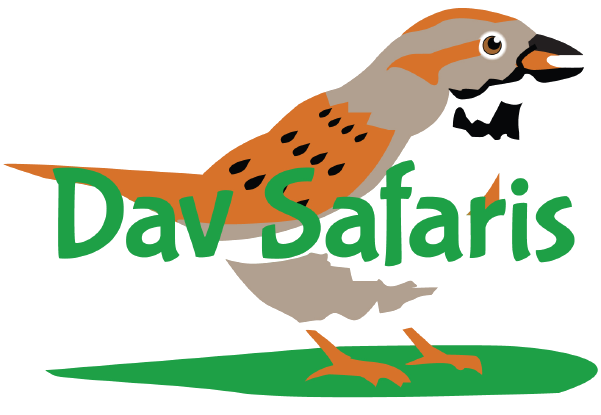Serengeti calving season
The Serengeti calving season is a fascinating natural event that occurs in East Africa's huge Serengeti grasslands. This annual occurrence is an important aspect of the region's wildlife lifecycle, especially for wildebeest, zebra, and other herbivores that live in the Serengeti. The calving season, which normally lasts from January to March, is extremely important for both the animals and the ecology as a whole.
During the Serengeti calving season, hundreds of thousands of wildebeest, as well as zebra and other herbivores, congregate in the southern Serengeti to give birth to their offspring. The date of the calving season is directly related to the animals' annual migration, which follows the rains and fresh grass in search of food and water. The lush, nutrient-dense grasses that grow during this season provide vital food for pregnant women and their newborn children.
The Serengeti's wildlife experiences both abundance and vulnerability during the Serengeti calving season. Young animals are more vulnerable to predation, and predators like lions, cheetahs, and hyenas seize the opportunity to search for easy prey. The sight of newborn calves taking their first shaky legs on the savannah serves as a painful reminder of nature's fragile balance of life and death.
The Serengeti calving season has a significant impact on the whole ecology. The flood of newborn herbivores gives predators a plentiful food source, allowing them to flourish and reproduce. This, in turn, serves to regulate herbivore populations and prevent overgrazing, which can be harmful to the environment. The nutrient-rich placenta and afterbirth left by delivering animals provide vital sustenance for scavengers and decomposers, completing the Serengeti's life cycle.
Visitors to the Serengeti can enjoy a spectacular view during the Serengeti calving season. The sight of large herds of wildebeest and zebra spreading over the plains, intermingled with tiny newborns taking their first steps, is breathtaking. For wildlife enthusiasts and photographers, this is an excellent opportunity to observe the circle of life in action and capture breathtaking photographs of this natural occurrence.
Conservation efforts play a crucial role in ensuring the continued success of the Serengeti calving season. The protection of critical habitats, such as birthing grounds and migration routes, is essential for the survival of the region's wildlife. Sustainable tourism practices that minimize disturbance to the animals during this sensitive time are also important for preserving the integrity of the ecosystem.
To summarize, the Serengeti calving season is extremely important for both the fauna and the environment of this renowned African region. It is a strong reminder of all living things' deep interconnectedness, as well as the delicate balance that allows life to exist on our planet. By maintaining and protecting this natural wonder, we can ensure that future generations can see this incredible show of nature's tenacity and beauty.
4 Days Birding Experience in Kenya
2-Day Pilanesberg National Park Safari
1 Day To Jinja, Sezibwa falls and Mabira forest Hike
What is known most about Volcanoes National Park in Rwanda?
